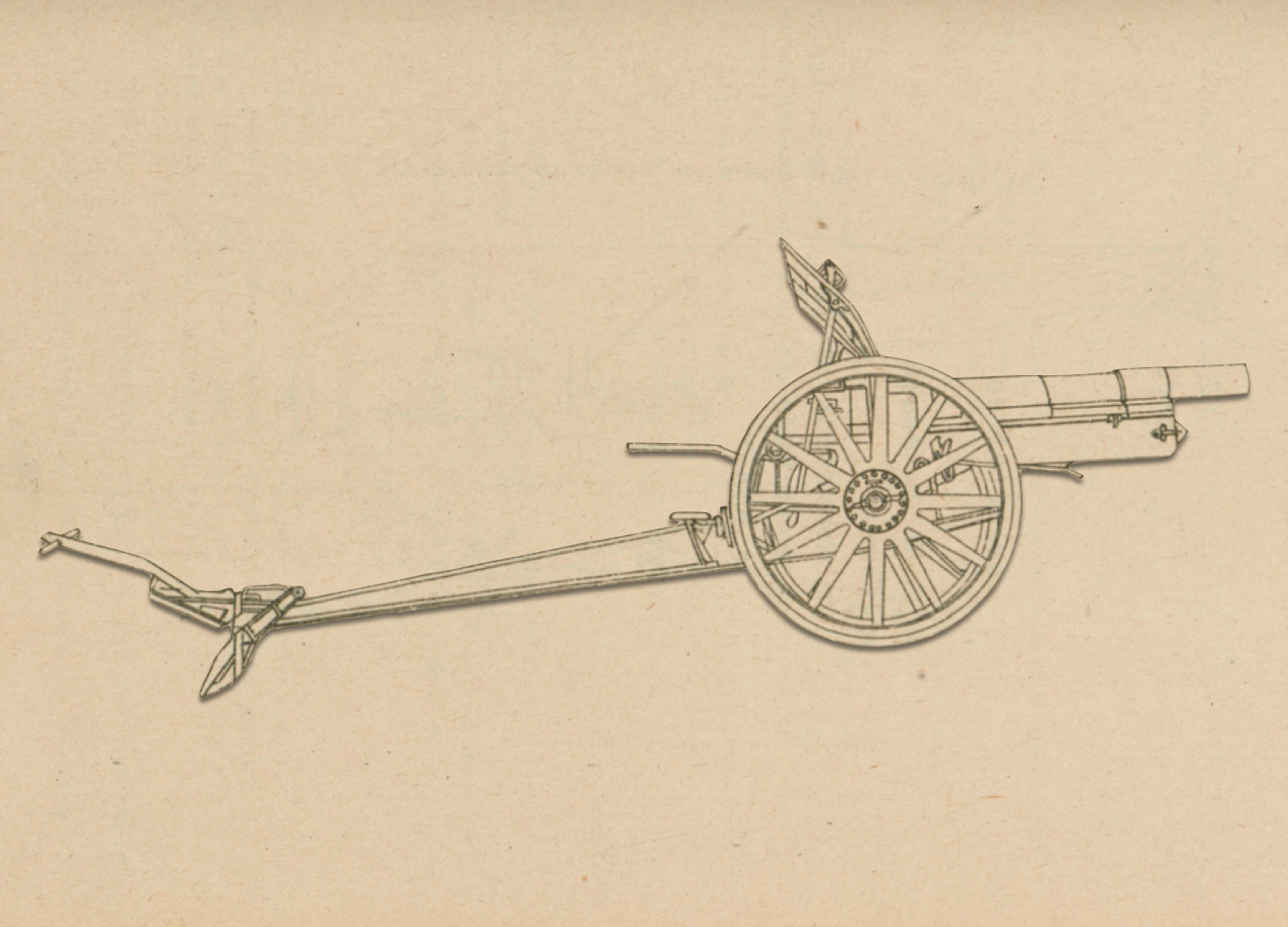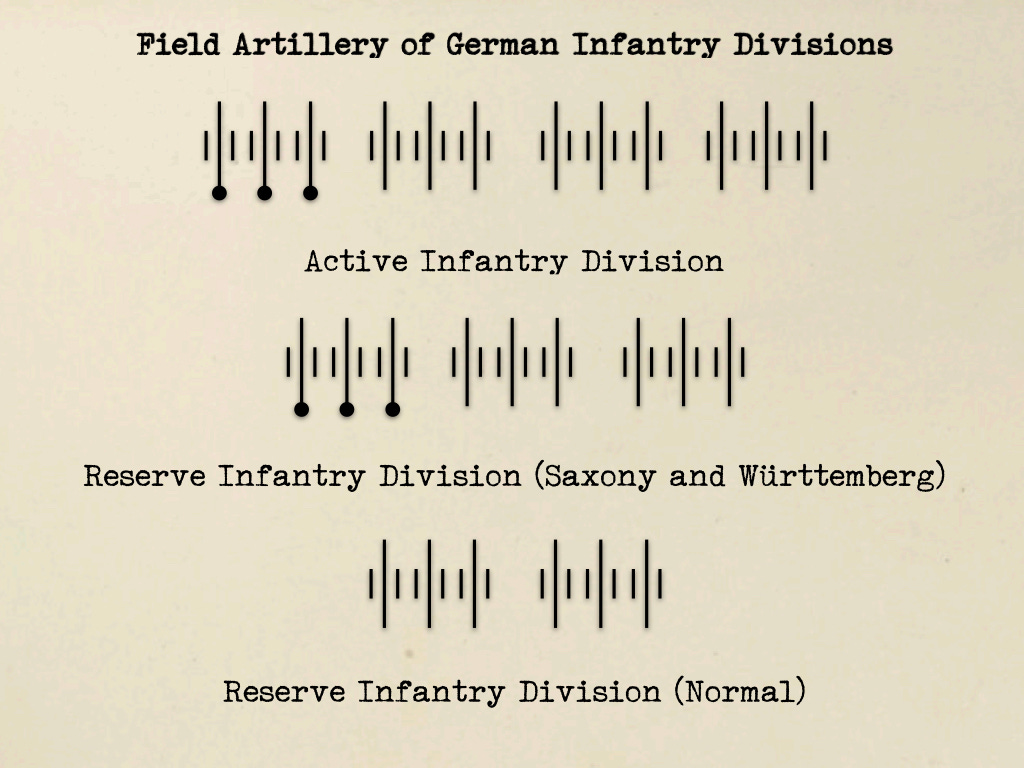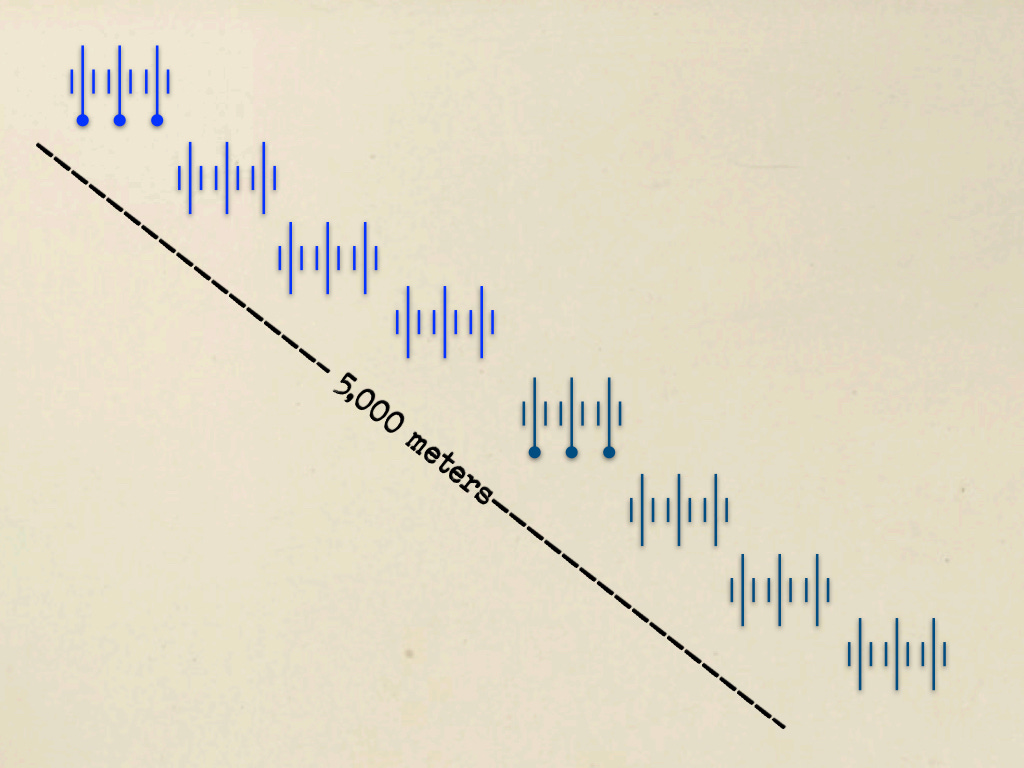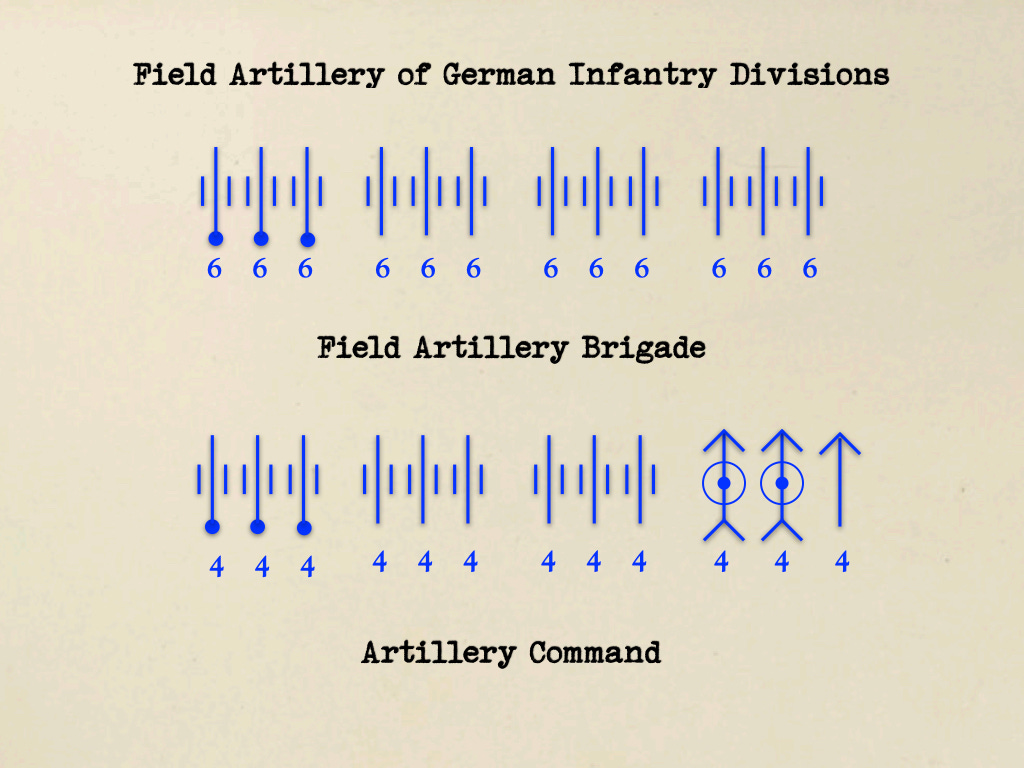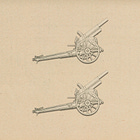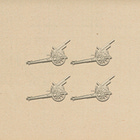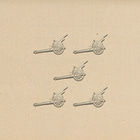William Balck on Field Artillery (I)
Armies of the First World War
In 1920, Major General William Balck wrote an article for the Artilleristische Monatsheft (Artillery Monthly) that captured his thoughts on the recent evolution of the field artillery of German infantry divisions.1 That same year, Colonel Oliver L. Spaulding of the US Army translated the piece for the Field Artillery Journal, which published it in two parts.2 (Part I) (Part II)
Balck began by describing the differences between the field artillery brigades assigned to active infantry divisions and the field artillery regiments allocated to reserve infantry divisions. In doing so he observed that reserve formations, which were composed of older men with much less in the way of recent training, should have had more field artillery than their active counterparts, not less.
In discussing the design of these formations, Balck noted the assumption that they should have no more batteries than they could deploy when employed as part of an army corps that was, in turn, assigned to a field army. Reduced to numbers, this translated to twenty-four batteries deployed along a front of five thousand meters.
Balck criticized the tendency of pre-war German soldiers to ignore the battalion of heavy field howitzers assigned to each army corps. This, he implies, was due to two factors: neglect of the possibility of position warfare and failure to appreciate the need to suppress the fire of the French field guns as the German field batteries moved closer. (In 1914, French 75mm field guns were often able to deluge German batteries with high volumes of high explosive shells at distances beyond the range that German field pieces, whether 77mm field guns or 105mm light field howitzers, could reach.)
Balck described two cases in which improvised formations had suffered high casualties when fulfilling missions that should have been given to active infantry divisions. These formations, made up of training units, lines-of-communication units, and the garrisons of fortresses, had even less in the way of field artillery than reserve infantry divisions.
Balck sketched the evolution of the ideal field artillery brigade of an ideal infantry division of 1914 to the “artillery command” of a typical infantry division during the last two years of the war. In particular, he explained the reduction, from six to four, of the number of pieces in each field battery; the departure of one of the three field gun battalions; and the addition of three heavy batteries. (Two of the latter were armed with 150mm heavy field howitzers. One employed 100mm heavy guns.)
Balck noted that, rather than being integrated into the field artillery regiments with which they cooperated, the heavy batteries were normally assigned to specific sectors. Thus, when an infantry division moved from one sector to another, the heavy batteries remained in place.
Balck advocated the replacement of battalions armed exclusively with one type of field piece with mixed battalions armed with both field guns and light field howitzers. However, while the “mixed groups” that Balck observed during periods of position warfare consisted of two field gun batteries and one light field howitzer battery, Balck argued for the creation of three types of mixed battalions, each of which would be made up of two batteries armed with howitzers of a given caliber (whether 105mm, 150mm, or 210mm) and one battery equipped with guns of roughly the same weight (thus 77mm, 105mm, or 130mm.)
This post begins a five-part series, the component parts of which can be found at the far end of the following links.
For more about The Tactical Notebook:
A well-respected authority on subjects ranging from French infantry tactics to wargaming, William Balck (1858-1924) proved so prolific that the German National Library credits him with several works that were, in fact, written by his son Hermann Balck. (These include a history of the 10th Jäger Battalion and a short book about bicycle-mounted infantry.)
Trained as a lawyer, Oliver Lyman Spaulding (1875-1947) joined the US Army during the Spanish American War of 1898. Frequently assigned to teaching positions at both Fort Leavenworth and the Army War College, he wrote extensively about military matters, particularly those related to field artillery.



